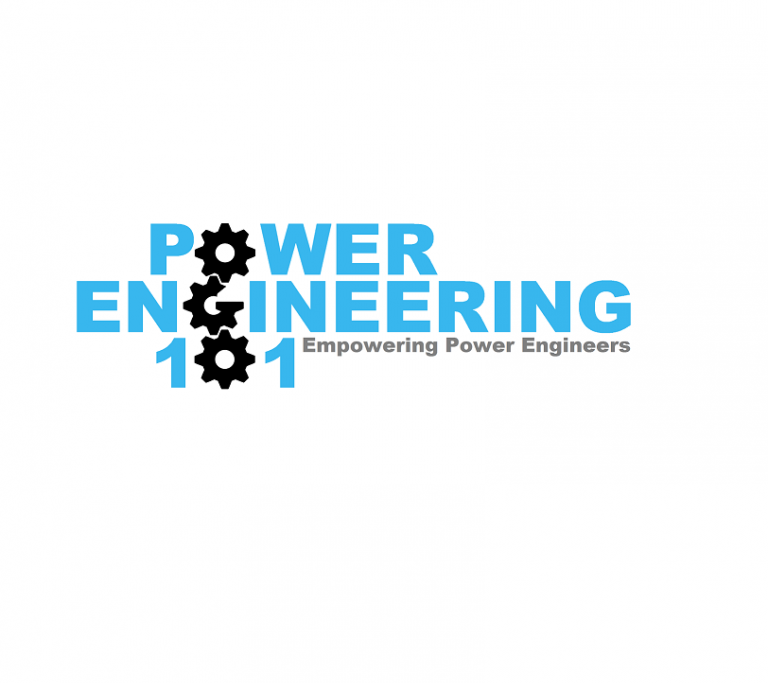2nd Class Part B1 Power Engineering Course
15
Study Guides &
Practice exams
Unlimited
Support from expert tutors
Entry-level
Prerequisite
40-60 Hours
Self Paced learning
Guaranteed
Exam Success
Current Status
Price
Get Started
Overview
This 2nd Class – Part B1 Power Engineering course is specifically designed to prepare you for your provincial certification exam, based on the standardized SOPEEC syllabus used across Canada. Our focused study guides and practice exams ensure that you are learning the exact content required to pass, with no unnecessary distractions.
You’ll have six months of full access to the course, with free reactivations if needed. The self-paced format allows you to study at your own speed, and unlimited 1-on-1 support from expert tutors is always available. Our structured practice exams simulate real test conditions, helping you track your progress and focus on areas that need improvement.
We guarantee exam success. Our proven approach will prepare you with the confidence and knowledge needed to excel.
Required Resources
- 2B1 Textbook
- Academic Suppliment
- Jurisdictional Safety Codes Act
- CSA Codes Extract
Learning Path
Study Guides & Practice Exams provided for each section
Covers plant lubrication requirements, types of lubricants, and maintenance practices to reduce friction and wear.
Reviews piping materials, selection, layout, and support systems, with an emphasis on preventing water hammer and ensuring structural stability.
Discusses the function and maintenance of steam traps and safety valves for pressure relief.
Teaches interpretation of industrial and piping diagrams, crucial for installation and maintenance.
Examines gas turbine design elements, focusing on operational efficiency.
Covers turbine start-up, shutdown, and safety mechanisms, ensuring consistent and safe operation.
Discusses engine types, fuel injection systems, and supercharging methods in plant machinery.
Reviews procedures for starting, shutting down, and maintaining engines safely.
Explores impulse and reaction principles, efficiency, and operational strategies for steam turbines.
Focuses on control systems, bearings, and governor mechanisms for turbine operation.
Covers procedures for starting, operating, and stopping steam turbines.
Examines condenser types, auxiliary equipment, and maintenance practices.
Teaches calculations for steam flow, velocity diagrams, and efficiency in turbines.
Discusses cooling tower designs, operation, and role in heat dissipation within power plants.
100 question final practice exam
Randomly generated questions each attempt
Feedback to indicate strengths and weaknesses
Unlimited attempts

Key Features
- Self Paced system allowing flexibile preparation
- Study guides to ensure you focus on the right material
- Practice Exams to test your knowledge
- Intuitive feedback to ensure structured studying
- Unlimited 1-on-1 tutoring support
- Follows the SOPEEC syllabus
- Updated regularly to ensure content is relavent

